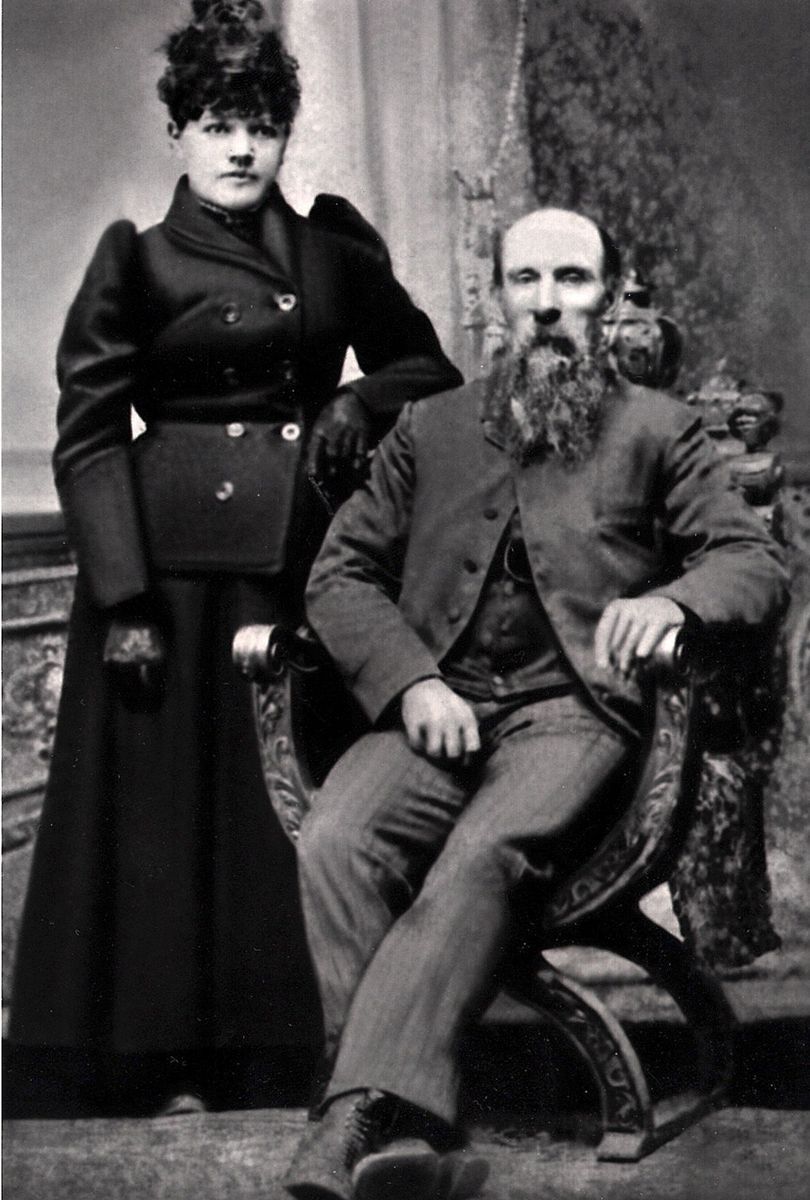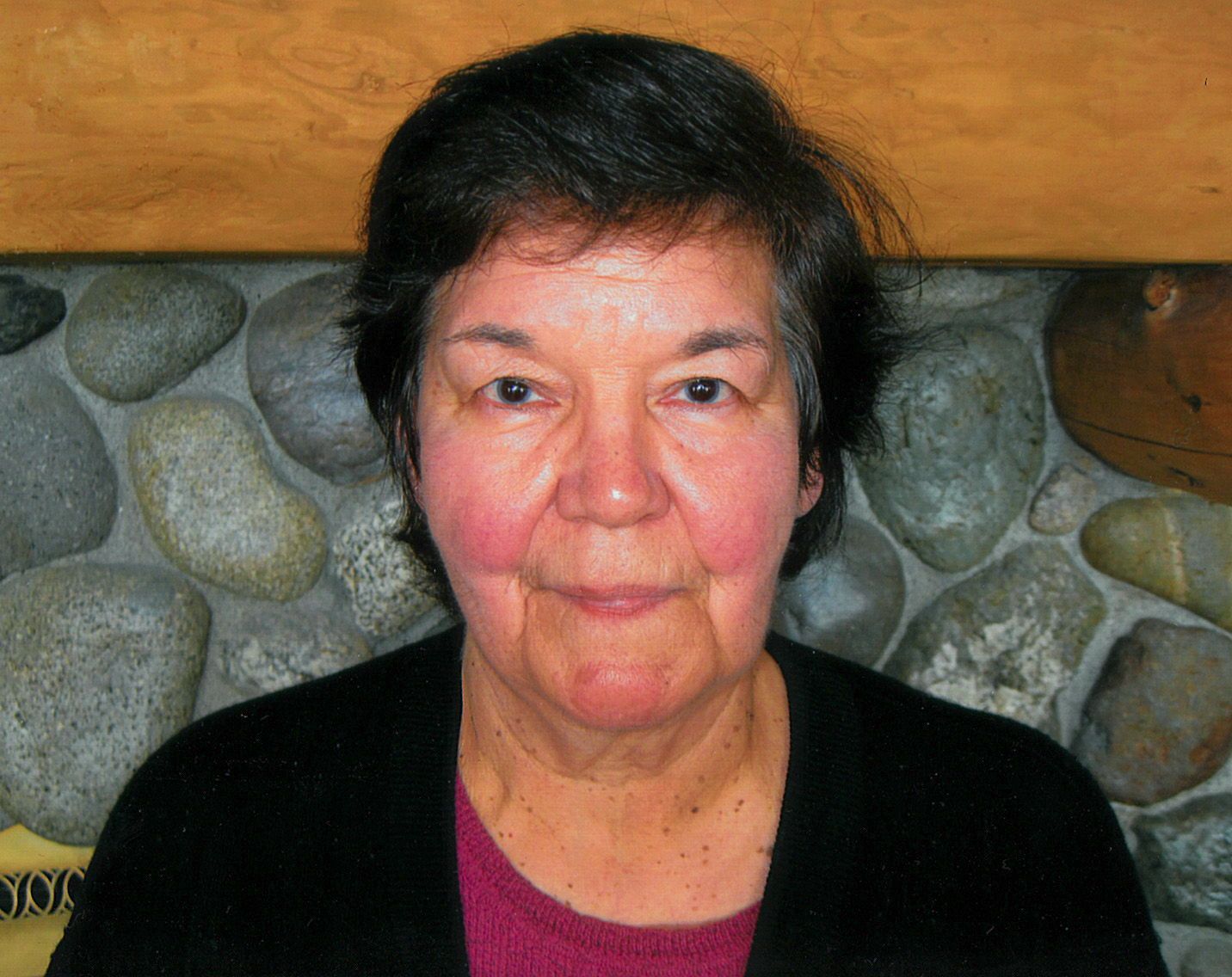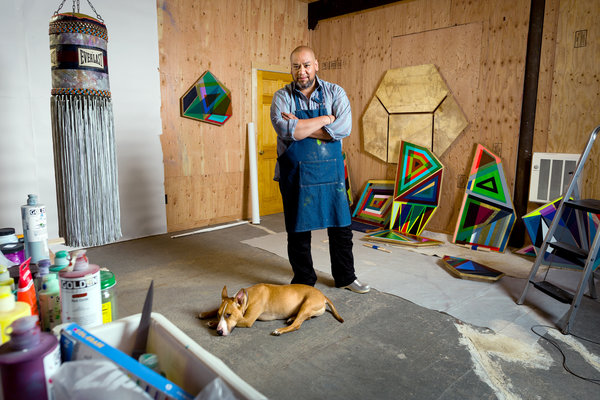By Bill Sheets, The Herald
A coalition of environmental groups is asking the federal government to step in and combine the environmental studies for three different coal export terminal proposals into one.
In addition to the Gateway Pacific terminal proposed for Cherry Point near Bellingham, export terminals also are proposed for Longview in southwest Washington and Boardman, Ore., on the Columbia River.
Earthjustice, a Seattle environmental law firm, sent a letter on Wednesday to U.S. Army Corps of Engineers offices in Seattle and Portland.
The letter was signed by 11 environmental groups, including Climate Solutions, National Wildlife Federation, the Sierra Club and the Washington Environmental Council.
The Alliance for Northwest Jobs and Exports, a Seattle-based group of business organizations and others formed to support the export terminals, issued a counterstatement to the environmental groups’ request Wednesday.
“This is a stall tactic, pure and simple,” said Lauri Hennessey, a spokeswoman for the Alliance for Northwest Jobs and Exports.
“We continue to support the (environmental study) process as it exists today.”
Meanwhile, last week, the Affiliated Tribes of Northwest Indians, a coalition of tribes in Washington, Oregon, Idaho, Montana and Northern California, issued a joint resolution opposing fossil fuel exports.
“We will not allow our treaty and rights, which depend on natural and renewable resources, to be demolished by shortsighted and ultimately detrimental investments,” said Tulalip Tribal Chairman Mel Sheldon, Jr., who is a vice chairman for the tribal coalition, in a written statement.
The environmental groups’ letter points out that while the terminals will be located only in those three towns, the trains will be carrying coal from Montana and Wyoming across Idaho and Washington state.
The Gateway Pacific terminal, proposed by SSA Marine of Seattle, would serve as a place to send coal, grain, potash and scrap wood for biofuels to Asia. Trains would bring coal from Montana and Wyoming across Washington state to Seattle and north through Snohomish County to Bellingham.
The terminal is expected to generate up to 18 more train trips through Snohomish County per day — nine full and nine empty.
Proponents, including U.S. Rep. Rick Larsen, D-Wash., point to job creation. Opponents say the plan could mean long traffic delays at railroad crossings and pollution from coal dust.
More than 14,000 people registered comments on the Gateway Pacific plan last fall and winter. The comments are being used to determine the environmental issues to be studied. The process is expected to take at least a couple of more years.
Meetings were not held in Montana or Idaho despite the fact that trains will be rolling through those states, the groups point out.
The petition asks for the area-wide study to include the effects of increased mining in Wyoming and Montana; increased rail traffic throughout Wyoming, Montana, Idaho, Washington, and Oregon; and the effect of coal exports on domestic energy security and pricing. The petition also asks for hearings to be held around the region.
On the positive side, the plan is projected to create 1,200 long-term positions and 4,400 temporary, construction related jobs, according to SSA Marine.
No hearings have been held yet for the Longview terminal, said Larry Altose, a spokesman for the state Department of Ecology. The Army Corps of Engineers has yet to require a study for the terminal in Oregon, according to Power Past Coal.
Common aspects of the two terminals in Washington state may be studied together as it stands now, he said. The ecology department and Army Corps of Engineers are working on both the Bellingham and Longview proposals, with help from Whatcom and Cowlitz counties, respectively.
For instance, if train traffic from the Longview terminal has a ripple effect on train traffic north of Seattle, or vice versa, then it may be included in both studies, Altose said. The same goes for any other issues, such as coal dust, that may be addressed in the studies, he said.
Washington’s ecology department, of course, does not have jurisdiction in Oregon.
Therefore “the unified approach is something that would involve the federal government,” he said.
A spokeswoman for the Army Corps of Engineers office in Seattle could not be reached for comment.

















